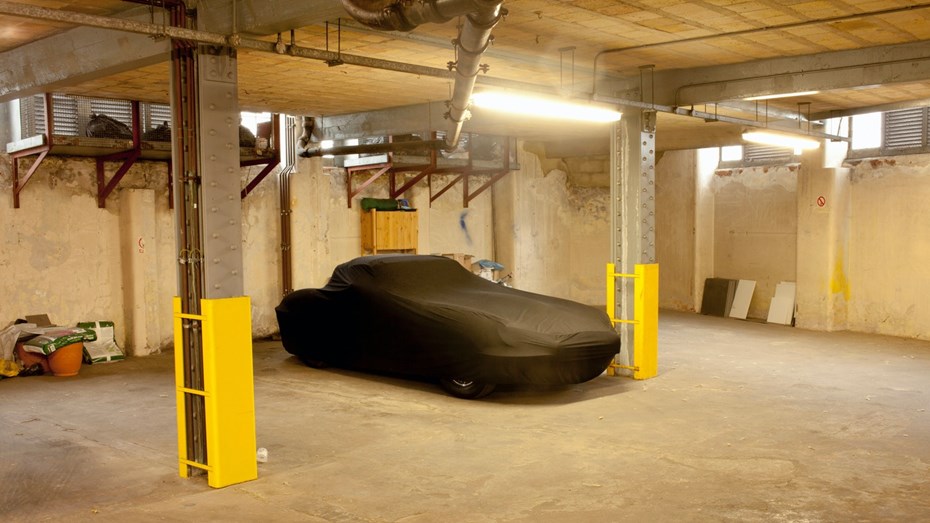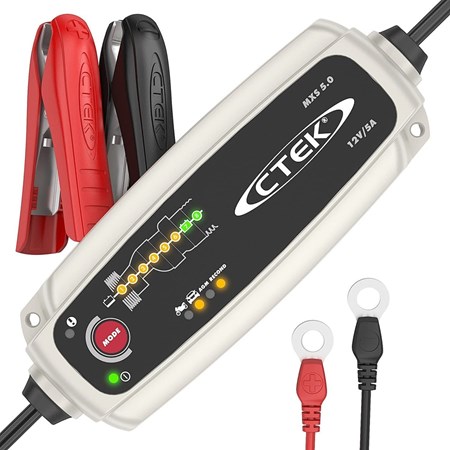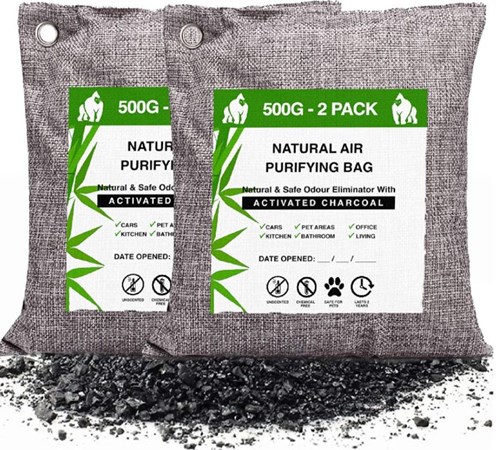If you are intending to leave your car dormant for anything longer than a couple of weeks, you will likely want to consider some kit that will help keep your car in good shape during that time. That way, it’ll be good to go when you need it again. The alternative is rather inconvenient.
We have an in-depth guide about how to prepare your car for storage, and here we recommend the best products for that, in addition to some quick tips. Some of these involve spending a little time but no money.
The best products for storing a car:
A top-quality battery trickle charger
The CTEK MXS 5.0 is simple to connect and includes an eight-step display to allow you to keep tabs on the charging process. Once the battery is charged, the MXS 5.0 maintains it to 95-100 percent capacity to prolong its life by up to three times.
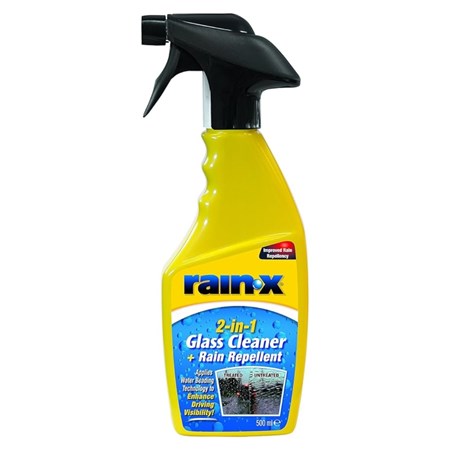

Pros
- Effective
- Affordable
Cons
- Doesn’t last that long
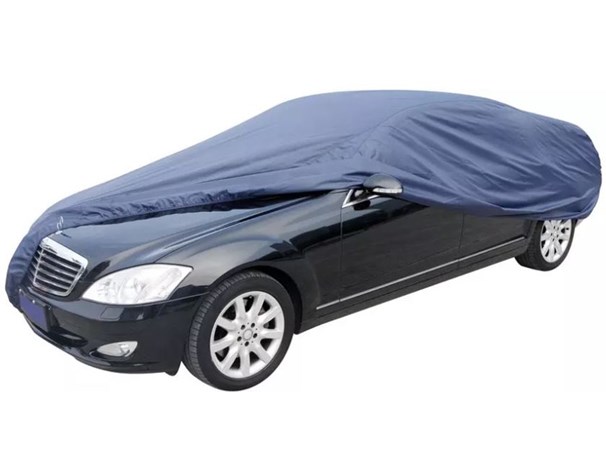

Halfords’ car cover is a functional piece of protection that is shielding from UV rays, rain, frost, and abrasive dust and dirt. There are a number of different sizes to choose from – this is for large hatchbacks and saloons.
To help alleviate flat-spotting, inflating your tyres to the correct pressure before leaving the car makes a big difference. Our top-recommended tyre inflator is Ring Automotive’s RAC635. It’s a small unit that blends value, portability and quality. This multi award-winning compressor features a 3.5m cable and a 70cm hose, with power supplied by the car’s 12v socket. The digital display makes it easy to check the progress of the inflation, while an automatic cut-off stops the machine when the desired pressure is reached. You also get a carry case, an LED light, plus valves for bicycle tyres and footballs.
Good, old-fashioned analogue security
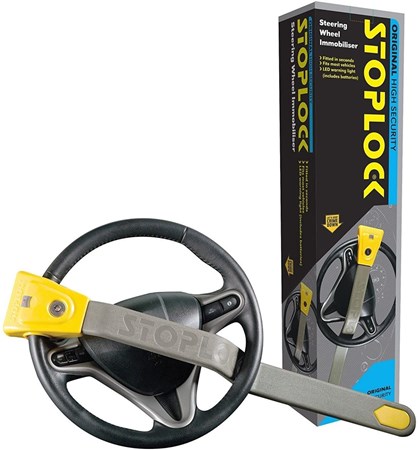

The Stoplock unit comes with a five-year guarantee and is adjustable up to 35mm. One of the crucial things about the Stoplock models is that you can purchase replacement keys if you need to. For added security, you can also use a wheel clamp.

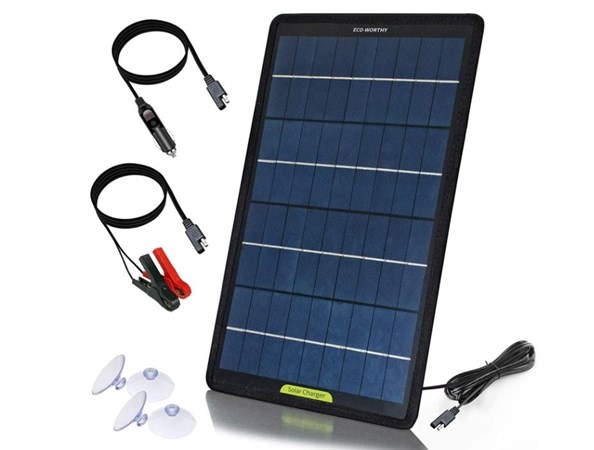

Keep your car’s interior dry and fresh
Unlike the wasteful disposable stuff you can get, these can be reused and last for a good couple of years. Simply recharge them in the sun once or twice per month. They’re biodegradable too and can be used in places other than the car.
Other car storage tips:
You shouldn’t need to do anything with the fuel and fluids for up to a 12-week break – though do check there are no leaks. If the period of storage is longer than a year, lower-quality petrol can go stale, making the car harder to start. For that reason we recommend not leaving too much petrol in the tank – about quarter is fine – making it easier to add fresh fuel.
If you’re storing on the road, your car needs to have a current MoT for the duration of the storage be kept taxed, and have visible number plates. Conversely, if you’re storing on secure private land, you can declare the car SORN and if the MoT lapses, it’s not an issue – you can still drive it to the garage to get it tested.
Some insurance policies offer laid-up cover at a much reduced rate, if you have a garage or secure storage.
How to prepare the car for storage
If you can, make sure the car has been recently serviced; at the very least make sure the oil is clean and at the correct level, the oil filter is recent, and the coolant does not need replacing (it has chemicals in to prevent corrosion inside the engine).
It’s worth cleaning the car thoroughly, and waxing, if you can. It’ll protect the paint and it gives you a chance to make sure all the door seals, window rubbers and wipers are in good condition. It’s more important to make sure the drain holes below the windscreen and for the roof on a convertible are clear – particularly if storing outdoors.
Open the bonnet and clear out any leaves and debris. Run water down the windscreen – it should run out underneath, rather than pooling.
Cars with air conditioning have an additional drain, where moisture condenses and runs away below the car. It may not be accessible, but if you can see a rubber drain in the space behind the engine, squeeze it a couple of times.
Once you know the car is free of water traps, is clean and waxed if you have time, you can store it.
What to do when storing the car
If putting it in covered storage, make sure the car is dry first. If you’re storing in winter when roads are salted, make sure you’ve washed and dried the car even more thoroughly.
Switch off everything that tries to start up when you switch the car on – fans, air conditioning, radio and interior lights/automatic headlights and wipers. Check heated rear window and heated seat switches are off, too.
If you have a car that drops the windows when you open the door, leave them dropped slightly.
Wipe everything with an antibacterial cloth – and clean up any sticky spills of melted sweets or drinks; they’ll go mouldy if left unattended.
Leave the handbrake off, and put blocks of wood or wedges to stop the wheels turning – unless you plan on returning to the car regularly and releasing the brake yourself. Most cars with electric handbrakes have a mode where you can lock the brake off – check your owners manual.
If you have an automatic car, check that it can start in neutral and leave it there if it can. Many autos won’t be able to move out of park if the battery is flat, so trickle-charging is particularly important here.
Fit your steering lock, if you have one.
Connect your trickle charger – directly to the battery or jump-start terminals if you can – lock the car, and take a set of pictures so you can keep an eye on tyres and environmental damage. Put the cover on, if you have one, and say goodbye!
Looking after your stored car
If you are able, go out weekly and check for leaks under the car that might not have been noticed before. Pay attention to antifreeze in particular – it’s toxic to wildlife.
If safe to do so, remove the wheel blocks and roll it forward or backward. Remember that the brakes will need a lot of force with the engine off, so don’t risk it on slopes.
If it’s not covered with a car cover, wash any bird droppings or tree sap off, and clear the wipers of leaves and dirt.
Check your trickle charger is working. If in doubt, disconnect it and let the car run for 15 minutes – but don’t start the car needlessly, it’s worse for it than just letting it sit.
Dream of when you’re able to drive it again, and play some driving simulators.
Just so you know, we may receive a commission or other compensation from the links on this website - read why you should trust us.


